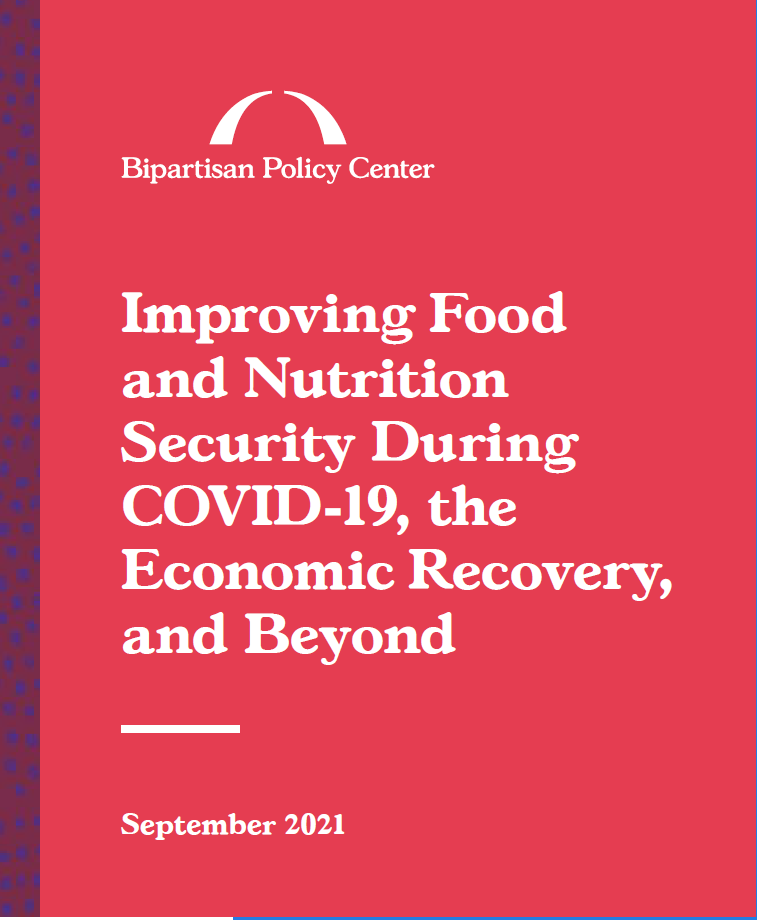
The COVID-19 pandemic has had a significantly adverse impact on food and nutrition security, though this was mitigated by increased support for federal food and nutrition programs. Poverty increased as businesses closed and families experienced job losses.
Access, availability, and affordability of nutritious foods has been challenging given consumer financial constraints and supply chain disruptions.
Food insecurity is defined as being uncertain of having, or unable to acquire, enough food because of insufficient money or resources.1 Specific estimates of food insecurity during COVID-19 vary based on multiple factors, including timing, population surveyed, and methodology, and range from 8% to 38%.2, 3, 4 USDA reported that food insecurity affected 10.5% of U.S. households in 2020, noting the prevalence of food insecurity did not change from 2019.5 It is likely that the benefit increases and flexibilities provided by the COVID-19 recovery legislation helped to prevent the increase in overall food insecurity.
Food insecurity is historically more common among certain population groups, including seniors, people who have low incomes, and Black, Latinx, and Native American communities.6, 7, 8, 9 USDA’s 2020 data showed that households with Black individuals and households with children did experience significant increases in food insecurity during the pandemic even as overall food insecurity stayed the same.10
Download full report here>
###
